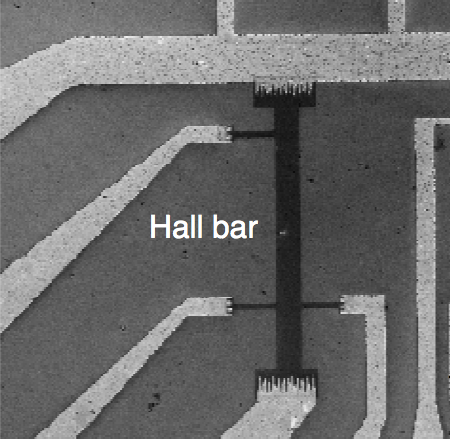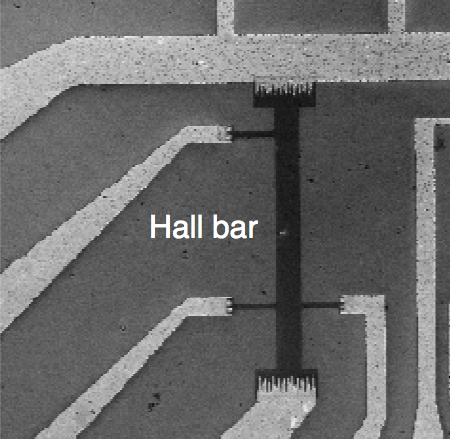Disorder and dissonance in nanostructures
In experiments the phase coherence time of electrons in mesoscopic systems saturates, i.e., approaches, a finite limit at very low temperatures. This contradicts Fermi liquid theory, according to which the coherence time should keep increasing as the system approaches absolute zero temperature. Alternative theories indicate that saturation may be caused by intrinsic electron-electron interactions, but some extrinsic influences (such as a trace of magnetic impurities) are consistent with Fermi liquid theory. Theories also differ on how the phase coherence time should depend on disorder in the system—expressed as the diffusion coefficient—but this has been difficult to measure.
In a paper appearing in Physical Review B, Yasuhiro Niimi and collaborators from France, Japan, Germany, and Taiwan report success in measuring the coherence time in high-mobility heterostructures at temperatures down to , while varying the diffusion coefficient by nearly three orders of magnitude. The researchers used a focused ion beam microscope to locally implant gallium ions into the heterostructure, tuning the disorder by varying the amount of implanted ions.
No saturation was observed in the phase coherence time, indicating that extrinsic mechanisms caused the saturation observed in previous experiments. The results are consistent with Fermi liquid theory over the large parameter space of temperature and disorder examined. – Brad Rubin





